Metro Responds to Bike Parking Demand at McLean Station
Demand for bicycle parking at the new McLean Station exceeded capacity in the Silver Line’s first few weeks, so Metro has already added more racks.
When Metro planners learned that bike racks were not prominent in the Silver Line station designs (completed by our partners in Virginia), Metro fought hard to make sure that bike racks were planned for and installed at the stations. And that’s good news, indeed, because by August, nearly all of the bike racks were full at McLean station. Recognizing this need, Metro added space for 20 more bicycles (10 racks) at the station. The new racks bring the total capacity for bikes to 72 on racks. Bike lockers are still available at McLean, too.
Increasing bike access to the Silver Line is a good sign for ridership, revenue, and station access. Metro will keep an eye on utilization this fall and add capacity where needed.

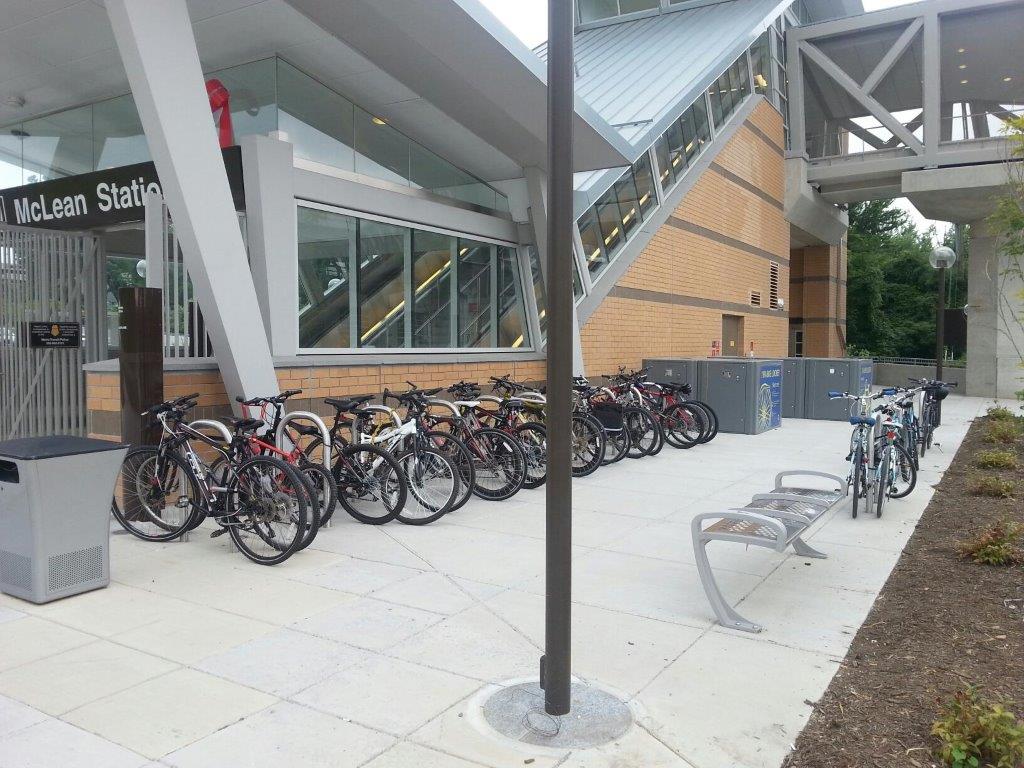
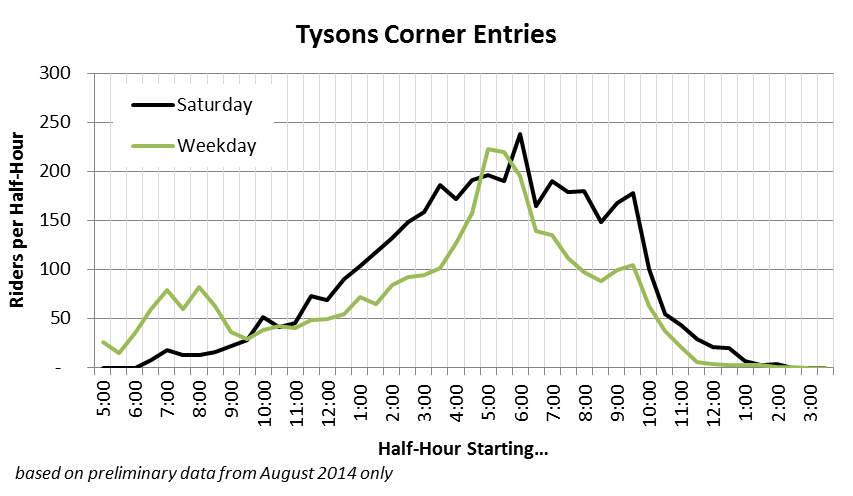
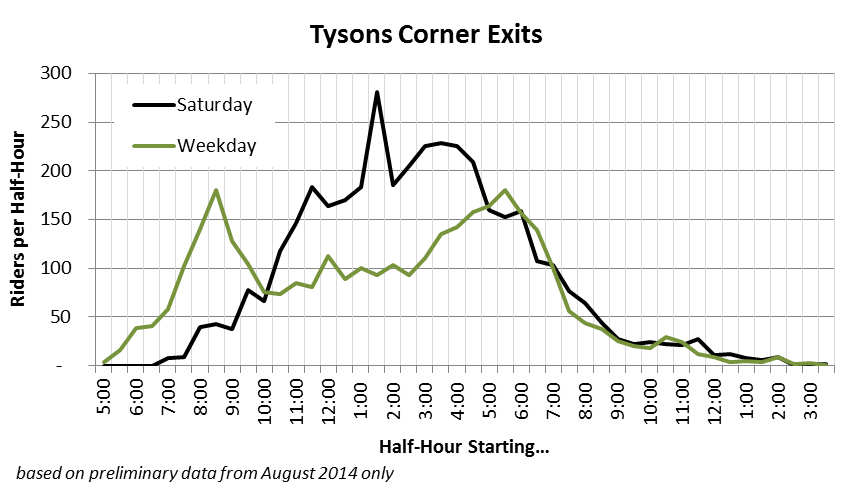
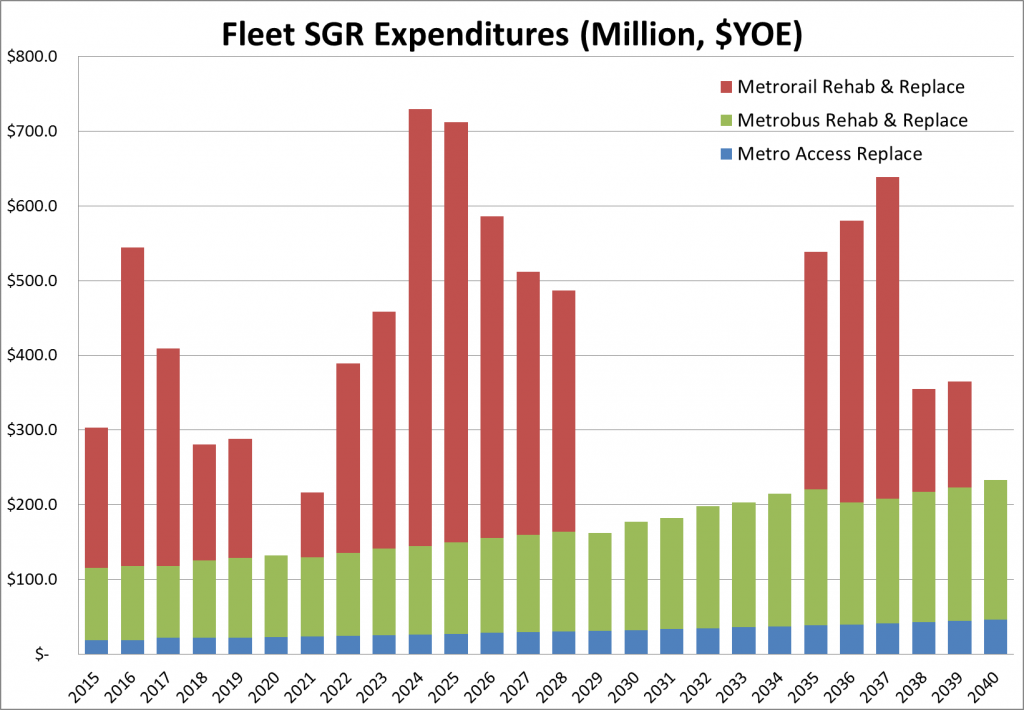
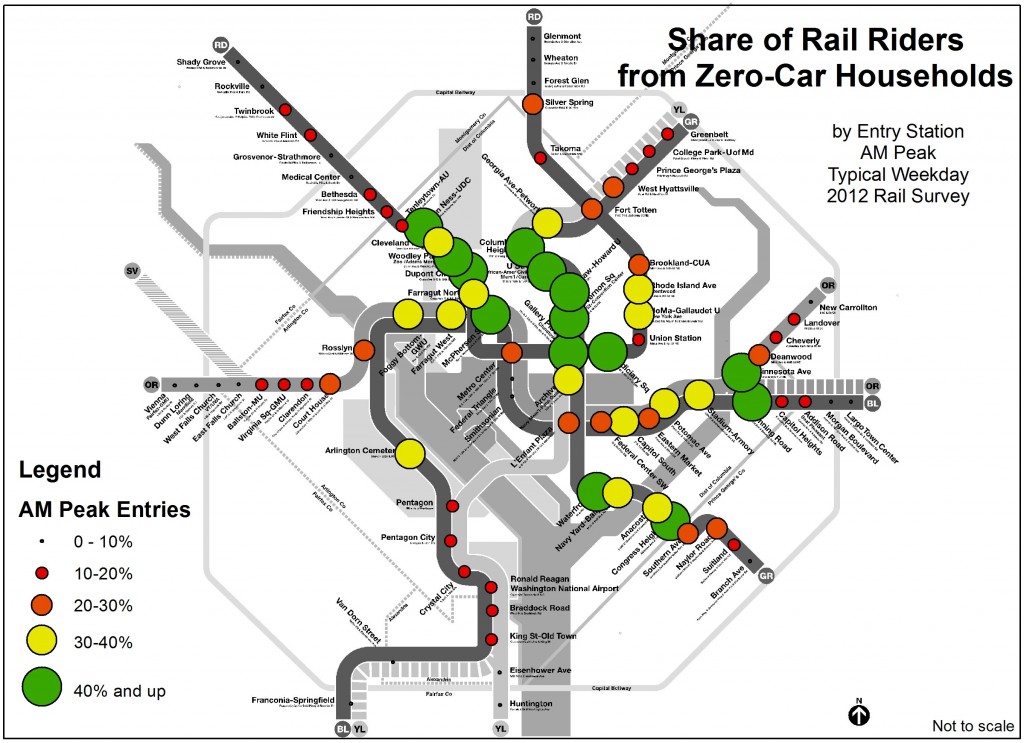
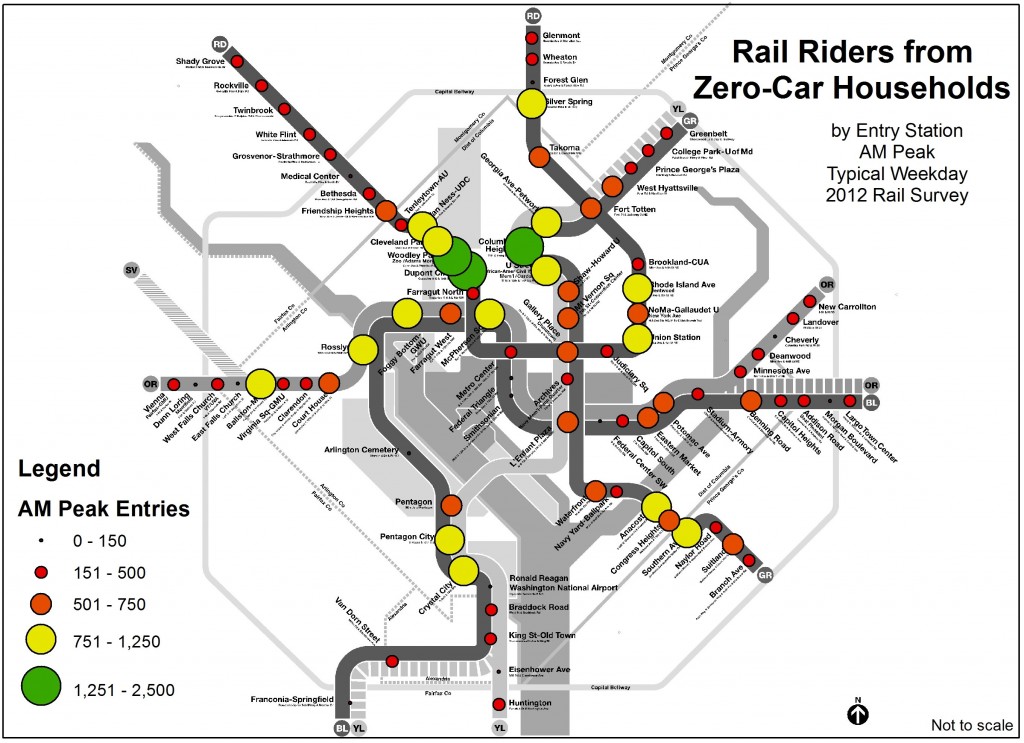



Recent Comments